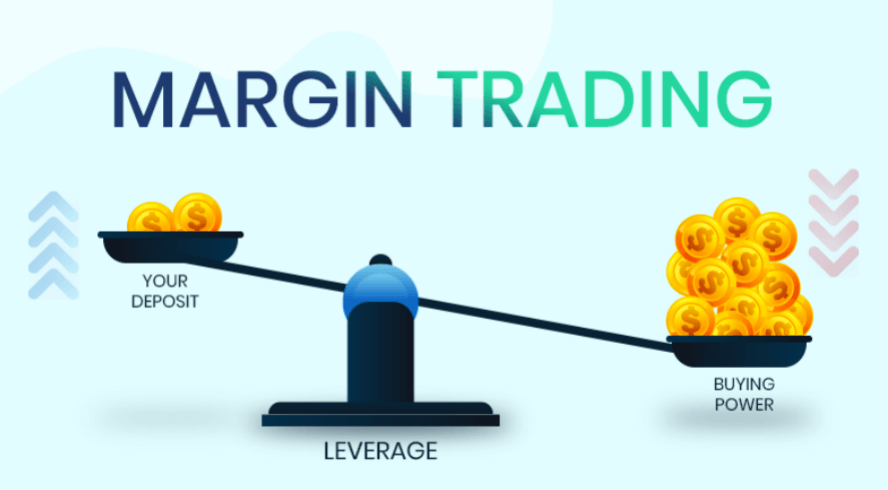What is a revolving loan?
Revolving loan refers to a loan business that is applied by the borrower who provides guarantees or credit conditions that meet the requirements of the bank. After the approval of the bank, the maximum amount of credit is granted to the borrower. The borrower can re-borrow and repay within the validity period of the amount.

From the definition above, a revolving loan is a credit extension that can be used multiple times. That is, as long as the credit is valid and it is within the credit limit, the borrower can apply for the loan at any time. Let me explain what a credit is. Credit, simply put, means that the bank approves a maximum loan amount for the borrower according to the borrower's actual financial situation. This amount is not the actual loan, but the loanable amount.
What is a non-revolving loan?
Non-revolving loans refer to loans that cannot be re-used. Specifically, two cases are included.
First, loans with a credit limit are not reusable. That is to say, the bank first approves a loan amount for the borrower, which is the credit limit, but this credit line can only be used once. The amount of each single loan is calculated cumulatively. Even if the loan is repaid in advance, the loan amount cannot be recycled. If the accumulated amount of the account reaches the maximum credit limit, then the loan cannot be continued.
The second case is a single loan. That is, a loan approved by the bank alone. One-approval, one-issue. After a single loan is repaid, if you want to continue to use the loan, you must apply to the bank again.

For example, Mary applied to the bank for a credit limit of $100,000, which is valid for one year. Her first loan is $100,000, and the loan term is one year. But Mary returned all $100,000 to the bank one month later. In this case, it is a revolving loan; if Mary repays $100,000, and the bank does not let her take out the loan again, then it is a non-revolving loan.
How to understand the revolving loan of enterprises?
A limit of credit is the maximum amount of credit a financial institution is willing to offer to a client seeking funds. When a financial institution, usually a bank, makes an agreement with a customer, the limit of credit is fixed. Financial institutions sometimes charge a commitment fee when establishing a revolving limit of credit. In addition, there are interest expenses on outstanding balances for business borrowers and carry-over charges for consumer accounts. Before issuing revolving credit, financial institutions consider several factors of a borrower's ability to pay.

For an organization or company, financial institutions will review its balance sheet, income statement, and cash flow statement. A company's revolving limit of credit can be secured by assets owned by the company. Under these circumstances, the total amount of credit provided to the customer may be limited to a certain percentage of the encumbered assets. For example, a company might set its credit limit at 80% of its inventory balance. If the company fails to meet its obligations to repay the debt, the financial institution can foreclose on the mortgaged assets and sell them to pay the debt.
Revolving credit is useful for individuals or entities with wildly fluctuating cash flow or facing unexpected expenses. Due to its convenience and flexibility, revolving loans usually have higher interest rates than traditional instalment loans. Revolving credit usually has an adjustable variable interest rate.





